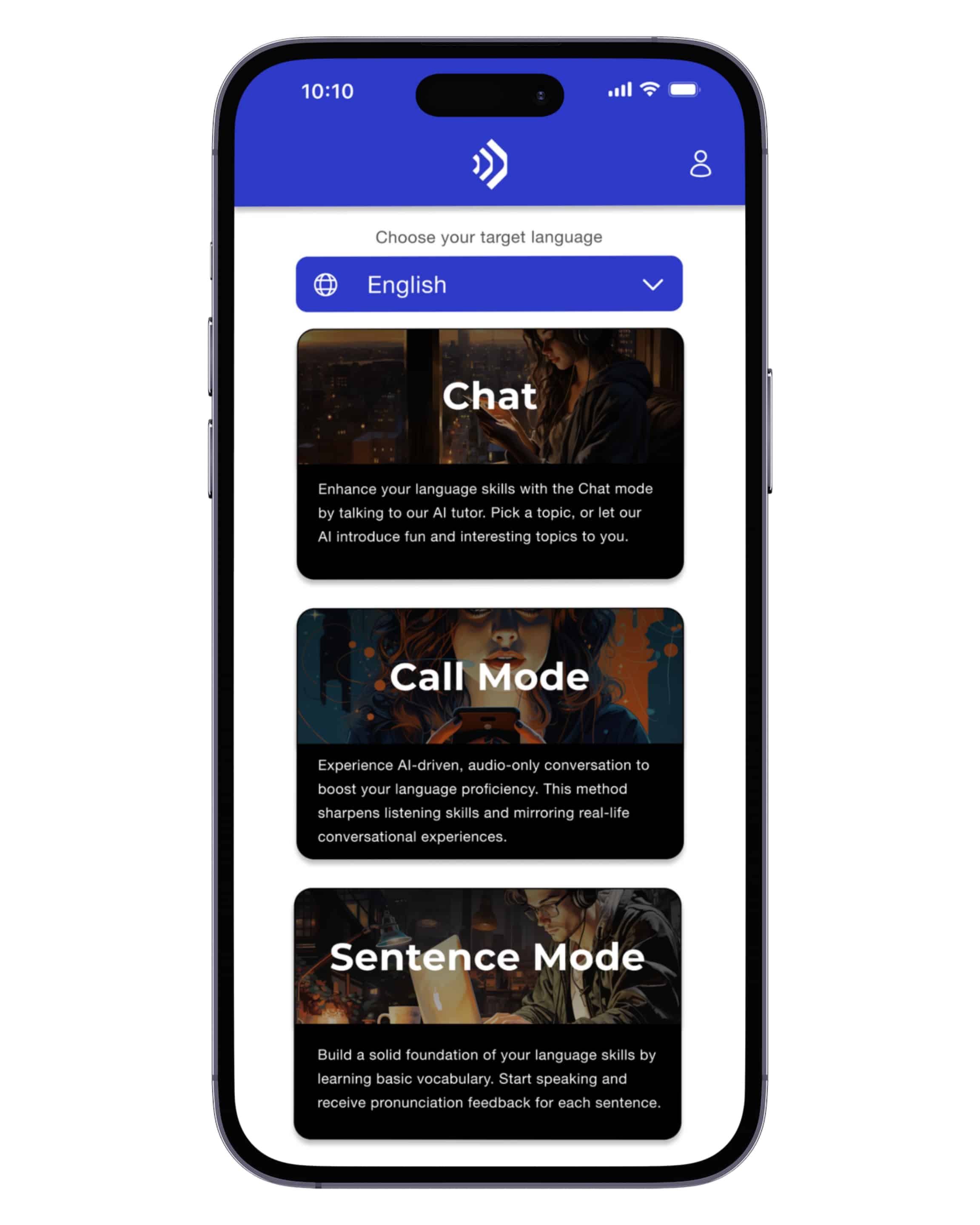Pick a language and start learning!
Adjective placement with nouns Grammar Exercises for Maori Language

In the Māori language, the placement of adjectives in relation to nouns is a unique and fundamental aspect of grammar that learners must grasp to achieve fluency. Unlike in English, where adjectives typically precede the nouns they describe, Māori adjectives usually follow the nouns. This structural difference not only affects sentence construction but also enriches the expressiveness and rhythm of the language. Understanding and mastering this placement is crucial for constructing meaningful and grammatically correct sentences in Māori, allowing speakers to convey nuances and details with precision.
The exercises on this page are designed to help you practice and internalize the correct placement of adjectives in Māori. Through a variety of engaging activities, you will learn how adjectives interact with nouns and how this interaction influences the overall meaning of phrases and sentences. These exercises will guide you step-by-step, from simple noun-adjective combinations to more complex sentence structures, ensuring that you build a solid foundation in this essential aspect of Māori grammar. By the end of these exercises, you will be more confident in your ability to use adjectives accurately and effectively in your Māori communication.
Exercise 1
<p>1. The *big* house is on the hill (size of the house).</p>
<p>2. She has a *red* dress for the party (color of the dress).</p>
<p>3. The *happy* children are playing in the park (children's mood).</p>
<p>4. He bought a *new* car yesterday (condition of the car).</p>
<p>5. The *delicious* food was enjoyed by everyone (quality of the food).</p>
<p>6. They live in a *small* town near the coast (size of the town).</p>
<p>7. The *beautiful* flowers are blooming in the garden (appearance of the flowers).</p>
<p>8. She is wearing a *warm* coat because it's cold outside (quality of the coat).</p>
<p>9. The *old* book was found in the attic (age of the book).</p>
<p>10. He saw a *fast* bird flying in the sky (speed of the bird).</p>
Exercise 2
<p>1. The *red* apple is on the table (color).</p>
<p>2. The *large* house is on the hill (size).</p>
<p>3. She has a *beautiful* smile (quality).</p>
<p>4. The *old* man walks slowly (age).</p>
<p>5. The *new* car is very fast (condition).</p>
<p>6. The *bright* sun shines in the sky (brightness).</p>
<p>7. The *tall* tree is in the garden (height).</p>
<p>8. The *small* dog barks loudly (size).</p>
<p>9. The *cold* water is refreshing (temperature).</p>
<p>10. The *happy* child is playing outside (emotion).</p>
Exercise 3
<p>1. The *whare* nui is beautiful (noun for house).</p>
<p>2. The *tamaiti* pai is playing outside (noun for child).</p>
<p>3. The *kuri* kino barked loudly (noun for dog).</p>
<p>4. The *rākau* roa reached the sky (noun for tree).</p>
<p>5. The *kai* reka tasted delicious (noun for food).</p>
<p>6. The *moana* ātaahua sparkled in the sunlight (noun for sea).</p>
<p>7. The *wāhine* pukumahi worked hard (noun for women).</p>
<p>8. The *motokā* tere raced down the street (noun for car).</p>
<p>9. The *pukapuka* māmā was easy to read (noun for book).</p>
<p>10. The *whānau* nui celebrated together (noun for family).</p>






